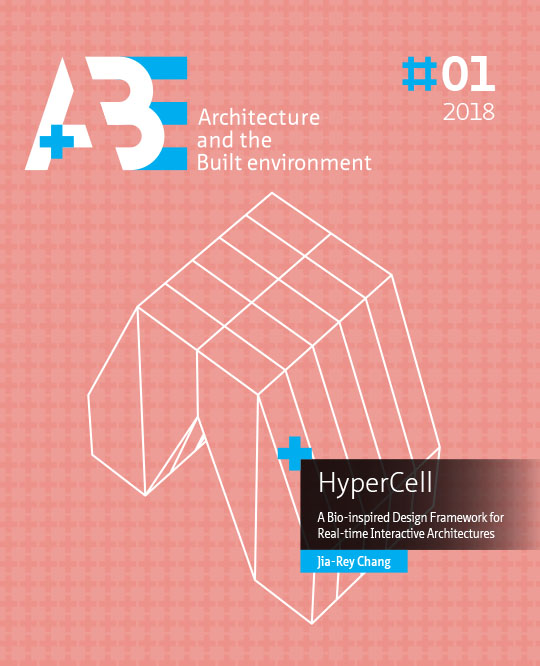Conclusion and Future Recommendation
DOI:
https://doi.org/10.7480/abe.2018.1.3754Abstract
Interactive Architecture should embody the features of “Information”, “Improvisation”, and “Integration” in order to generate sufficient “Intelligence” to embody the authentic kernel of “Organic Architecture”.
In the domain of Interactive Architecture, it is quite easy to become trapped in discussions predominantly focused on technical discourses. This is what can be observed in most of the published materials on Interactive Architecture available in the market today. These publications draw too much attentions in the manner of how to make technical systems, instead of focusing on why to make it. Partly, this may be because it is necessary to understand hands-on technical issues, however, there should certainly be more informative material to fertilize design thinking of Interactive Bio-Architecture. Some other publications in the same genre fall into a collection of on-going case studies in the domain of Interactive Architecture without properly arranging them into an organized systemic discourse. Unlike such publications, this research attempts to become a pioneering exploration attempting to address Interactive architecture as the convergence of three areas: Computation, Embodiment (Body), and Biology. From the computational point of view, the research outlined the historic trajectory of computational applications in digital architecture design or CAAD (computer aided architectural design) and its evolution from data storage, rendering representation, towards sophisticated physical computing. From embodiment(body) perspective, a wide range of issues from diverse fields of metrology, philosophy, media studies, interactive art, VR and motion tracking technology have been elaborated upon in order to discover intimate relationships and connections between (cyber)space and (cyborgs)human. In the section of Biology, the discussion ranged from the so-called organic architecture design that remains at the stage of mimicking organic shapes, to extracting and translating the fundamental premises of morphogenesis from Evolutionary-Development Biology (Evo-Devo) in order to propose computationally assisted body-like interactive Bio-architectures. By leading the arguments slightly more towards the humanities, cultural, and social or even biological aspects, it aims to broaden the research scope of Interactive Bio-Architecture to reverse its stereotypical associations of being extremely technical and engineering oriented. This research thus concludes by providing critical emphasis on topics such as Information, Improvisation, Integration, and Intelligence, which are reflective of the fundamental essence of the inter-disciplinary research elaborated in each chapter of the thesis.


